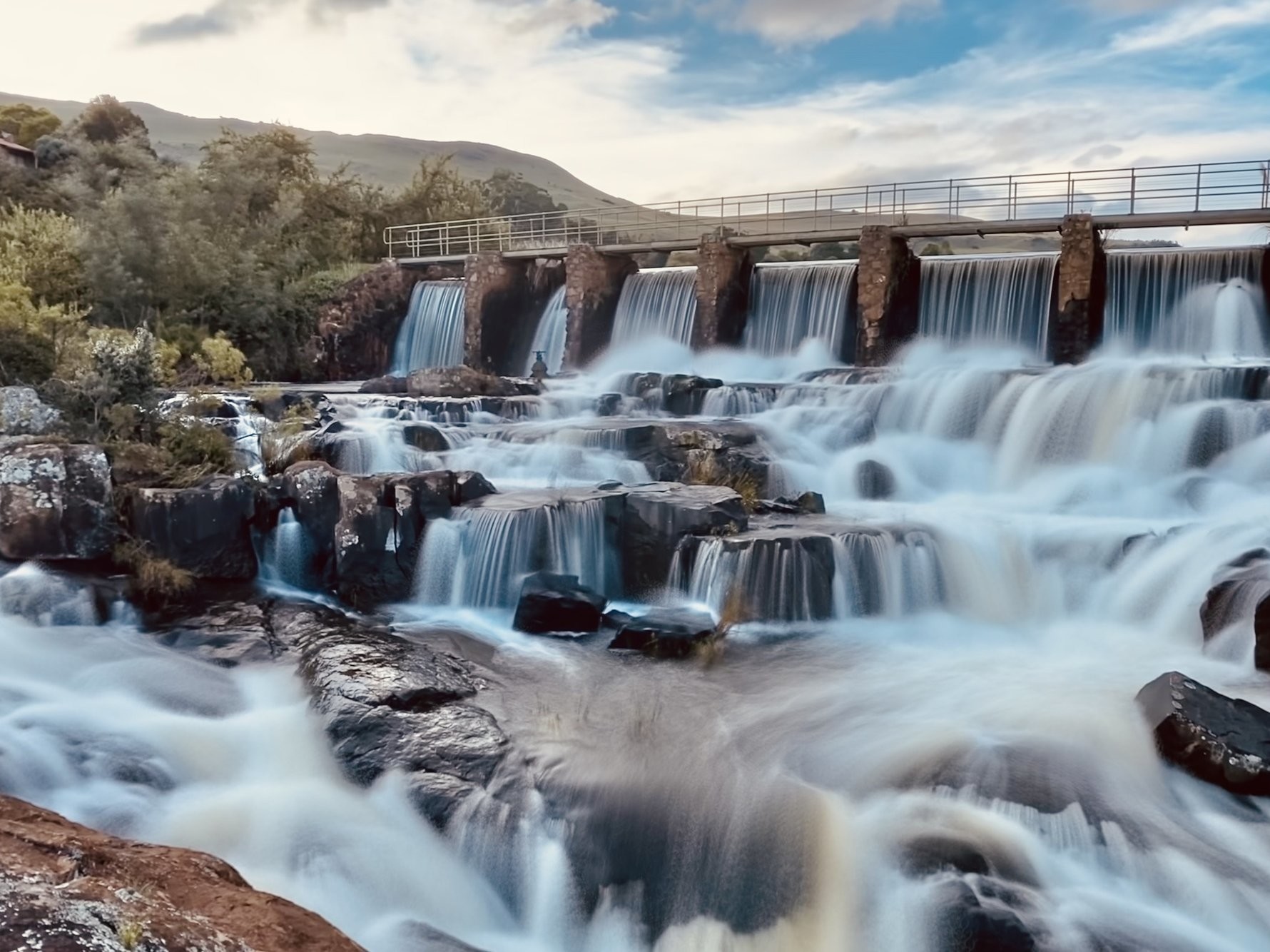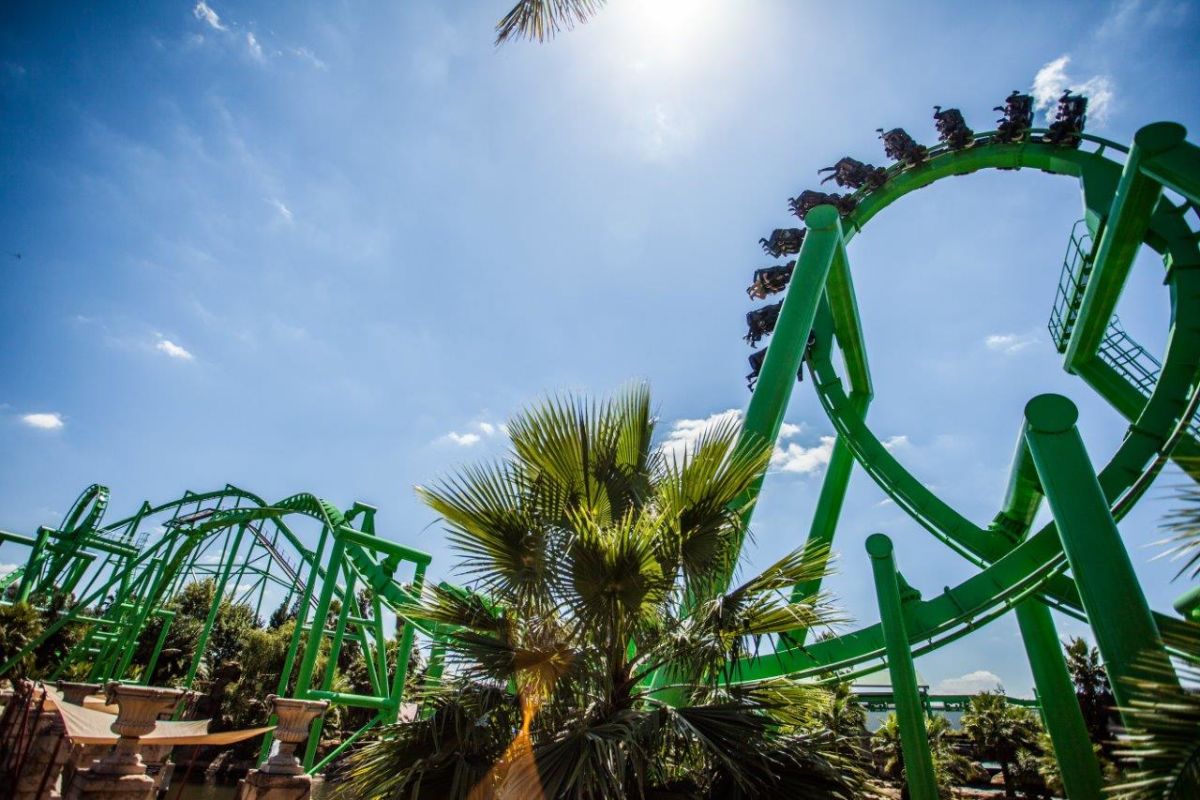The Of Johannesburg North Attractions
The Of Johannesburg North Attractions
Blog Article
The Main Principles Of Johannesburg North Attractions
Table of ContentsThe Single Strategy To Use For Johannesburg North AttractionsHow Johannesburg North Attractions can Save You Time, Stress, and Money.Examine This Report on Johannesburg North AttractionsUnknown Facts About Johannesburg North AttractionsThe Best Strategy To Use For Johannesburg North AttractionsThe Johannesburg North Attractions IdeasOur Johannesburg North Attractions Statements
You ought to maintain safety and security in mind and visitors should remain sharp at all times when in unfamiliar surroundings. Talk with the locals when you remain in community to discover out regarding the area you are staying in. Johannesburg North attractions. When on the street (this does not relate to buying malls and various other protected environments) ideal basic advice is to try your ideal to resemble a local and to avoid presenting any kind of type of wealth
Johannesburg North Attractions Can Be Fun For Everyone
Teacher Revil Mason O. J. (Thomson, 1946) checked out the Witwatersrand's pre-colonial background. His archaeological job exploded the 'em pty land' misconception, according to which the area was without human habitation before the arrival of European inhabitants. In his magazines Prehistory of the Transvaal: A Record of Human Activity (1962) and Beginnings of Black People of Johannesburg and the Southern Western Central Transvaal AD 3501880 (1986 ), Teacher Mason demonstrated the degree of social and economic development in the area prior to Europeans set foot right here.

Johannesburg North Attractions Fundamentals Explained
In 1878, David Wardrop located gold in quartz capillaries at Zwartkop, north of Krugersdorp. In 1881, Stephanus Minnaar came across gold on the ranch Kromdraai, near the Cradle of Mankind.
In March 1886, an outcropping (soon to be called the Key Reef) was located, rather fortunately, on Gerhardus Oosthuizen's ranch Langlaagte. Some claim that the Lancastrian coal miner George Walker found this coral reef. Another itinerant English prospector, George Harrison (that had previously operated in Australian mines) obtained a prospecting licence in regard of Langlaagte in May 1886.
He decided to proceed in a quest for greener fields, and disposed of his Langlaagte case for the princely amount of 10. Alas: beneath lay the richest goldfield ever discovered. The exploration of this rich auriferous coral reef provoked a gold rush that indicated the end of agrarian tranquillity in the southerly Transvaal.
It would, within six years, end up being the biggest town in southerly Africa. Within a decade, it would make the Z. A. R. up until after that an anarchical and insolvent little state the richest country in Africa. By the turn of the century, the Z. A. R. was to surpass Russia, Australia and the United States of America to become the globe's leading gold manufacturer, generating more than a quarter of the world's gold.
Unknown Facts About Johannesburg North Attractions
It was known as Ferreira's Camp, called after Colonel Ignatius Ferreira. He was a Boer adventurer upon whom the British authorities had bestowed the status of Companion of the Many Distinguished Order of St Michael and St George (qualifying him to the post-nominal letters C. M. G.) in thankfulness for his role in the battle that had actually deposed the Pedi king Sekhukhune in 1879.
Quickly the camp was including camping tents and wagons as newbies arrived daily from everywhere. By September 1886, some 400 people lived in Ferreira's Camp, which quickly flaunted built iron and wood structures. Two various other camps were developed: Meyer's Camp on the ranch Doornfontein, and Paarl Camp. The latter was nicknamed Afrikander Camp; many people from the Cape Colony settled there.

All about Johannesburg North Attractions
This name acquired money by word of mouth, such that the State Secretary attested the name to the Mining Commissioner on 9 October 1886. Stands in the town were auctioned on 8 December 1886. While some stands were offered for 10, others were torn down for as low as sixpence.
2 years later, these erven were to alter hands for as much as 750 each. The use this link tented camps diminished as a dorp of corrugated iron structures created and broadened north of the mines situated along the Main Reef Roadway. Locations such as Jeppe's Community (where working-class immigrants erected their dwellings) and Doornfontein (where the affluent brand-new 'Randlords' began to build their opulent residences) were soon included in the ever-expanding map of the town.
Johannesburg North Attractions - An Overview
Apart from the road names, there were no indications of Johannesburg being situated in a Dutch-speaking nation. Years later on, C. W. Kearns O. J. (among the first children enrolled at St John's University in 1898) would certainly recall: 'An unusual truth about Johannesburg was that, although click to find out more it remained in the [Boer Republic], nearly everyone spoke English and even the Federal government servants addressed one in English, unless they were initial resolved in the Taal (or Low Dutch)'.
Therefore, Britain had an interest in ensuring optimal problems for gold manufacturing on the Witwatersrand, which the gold was exported to London as opposed to Berlin an essential provided even more clamant by the Z. A. R - Johannesburg North attractions.'s boosting toenadering with Germany. Mine owners were on a collision program with President Kruger, whose policy of monopolistic giving ins (typically granted to his cronies) prevented mining companies from this content procuring supplies of products (particularly dynamite) and labour on their own, less expensive terms
Fascination About Johannesburg North Attractions
In 1890, the Volksraad had actually limited the franchise to white men who had lived in the Z. A. R. for fourteen years or longer, therefore invalidating most of the immigrants (who took place to be the significant contributors to the fiscus). Nonetheless, agitation for the vote was a plain pretext for promoting a various program; the majority of uitlanders concerned themselves as short-lived site visitors and had no objective of staying in the Z.
Report this page